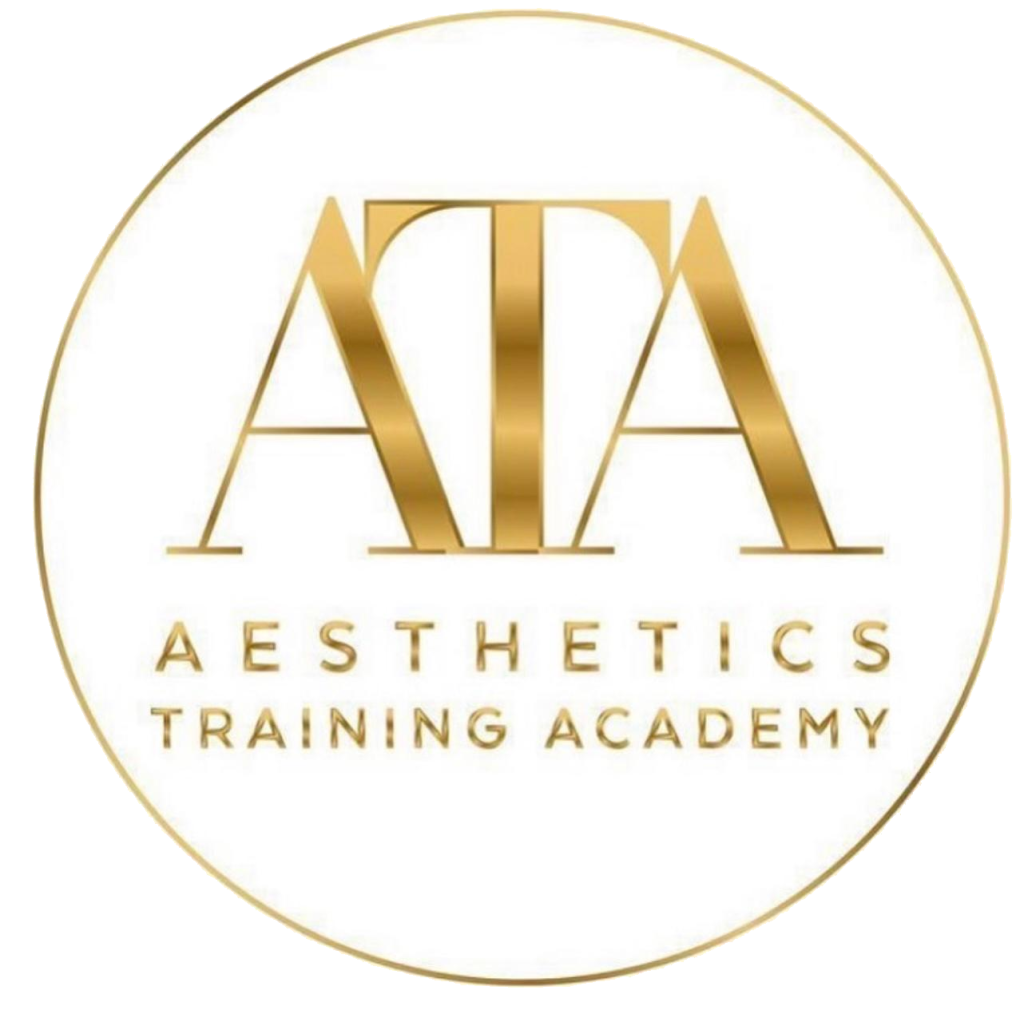Anatomy and Physiology of the Facial Region Course
Anatomy and Physiology of the Facial Region Course
Advanced rejuvenation procedures for the upper face are becoming increasingly popular for aesthetic providers but are considered a high-risk treatment area for dermal filler/contouring products. Risks may range from bruising, to necrosis and blindness, which can be irreversible. Detailed comprehension of the facial anatomyis imperative when performing aesthetic injections including neuromodulators and dermal filler/contouring products.
This course describes the anatomy of the face in layers or planes, with some important structures or regions described separately, including the facial nerve, sensory nerves, and facial arteries. The superficial layers and topography of the neck are also described. The facial skeleton forms the hard tissue of the face and provides important structural support and projection for the overlying soft tissues, as well as transmitting nerves through foramina and providing attachments for several mimetic muscles and muscles of mastication.
£500.00
Half day Course Agenda
Understanding the location and function of the muscles and fat pads, as well as landmarking the blood vessels and nerves, will assist the aesthetic provider to perform safe, confident injection procedures. This course focuses on the upper, mid and lower face anatomy with a detailed analysis of each plane of facial anatomy,
from bone through to skin and includes a comprehensive insight into the workings and structure of each layer of anatomy.
Additionally, the course discusses the anatomy of ageing, why we age, what structures are responsible for the ageing process and how we, as aestheticians can best treat the signs of ageing whilst maintaining a sympathetic and natural result.
Even practitioners with no prior experience or knowledge of anatomy will be able to follow and understand the ‘plain English’ approach to the anatomy module.
Unlike other courses which seek to blind the student with unnecessary medical terminology this course is taught with the sole intention of enabling any student, from a highly experienced medical doctor through to a non-medical practitioner, to leave the course confidently able to describe and identify key structures and the anatomical landmarks of their clients.
